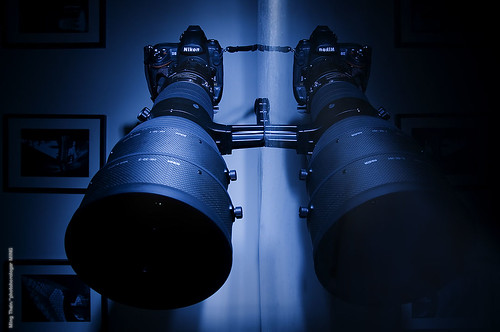
The superteles get stabilized
Introduction
Canon users have until recently had one big advantage over Nikon shooters: optically stabilized fast telephotos. Not until the announcement of the D3 and D300 did Nikon add VR (and second generation, too) to the 400/2.8, 500/4 and 600/4 lenses. Needless to say, these behemoths are the cream of the crop optically and build-wise; and for the cost, they should be, too. I tested one late last year and have just gotten around to writing it up.
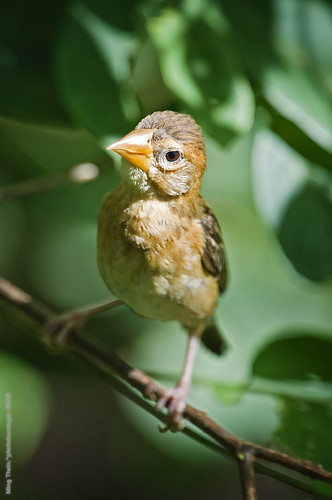
Once upon a time, I was a birder. But I have absolutely no idea what species this is.
Nikon D3, AFS 400/2.8 VR with 1.7x TC at minimum focusing distance
Optical performance (contrast, sharpness, color, bokeh)
In our combined long experience of testing long telephoto lenses, none of us can remember a truly bad one – or even an average one – users of these lenses expect the best. The 400VR does not disappoint on this score – it’s as sharp wide open as stopped down, and going past f8 (on a DX body) or f16 (on an FX body) actually causes slight softening. The lens is painfully, bitingly sharp across the entire FX frame; one of the best we’ve ever tested. Less good is noticeable vignetting in the corners on FX (not noticeable on DX) – it is recommended to stop down by one stop or so to correct this.
Lorikeet
Nikon D3, AFS 400/2.8 VR with 1.7x TC
Color rendition is neutral, and Nikon's Nano-Crystal coating very effectively prevents ghosting and flare – the worst we managed to see were a couple of small dots when the lens was pointed straight into the sun. The coating and multiple ED elements give the lens a very delicate microcontrast structure, with good overall image contrast and no edge funnies making for very three dimensional images. We did not see any evidence of chromatic aberrations in any of our test images.
Thanks to a perfectly found nine-blade diaphragm, and extremely fast aperture, the 400VR delivered fantastic bokeh – buttery smooth and well-dissolved backgrounds.
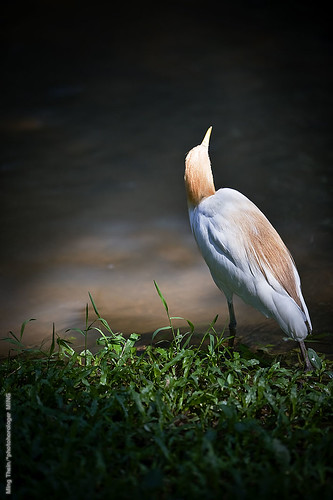
Cattle Egret
Nikon D3, AFS 400/2.8 VR
Use with teleconverters
We tried the 400VR with the Nikon 1.4, 1.7 and 2.0 converters; the first two performed admirably well with very little noticeable image softening, even when shot wide open. There wa a slight increase in veiling flare with the 1.7, however. The 2.0 converter noticeably softened things and lowered contrast unless the lens was stopped down to f8 or so.
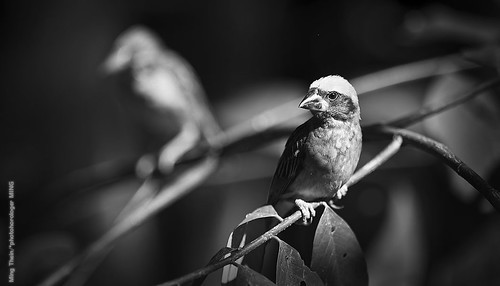
Two of those unknown birds
Nikon D3, AFS 400/2.8 VR, 1.7x TC
A note on long lens technique
Don’t just think you can pick up one of these monsters and start shooting right away: with a D3 body on the back, the weight is around seven kilograms! Such a heavy lens needs proper support; a good, sturdy tripod and gimball head would be ideal, but for shooters on the move, a stout carbon monopod to damp vibrations is fine also. VR helps considerably, but with proper bracing and stability, much better results are possible.
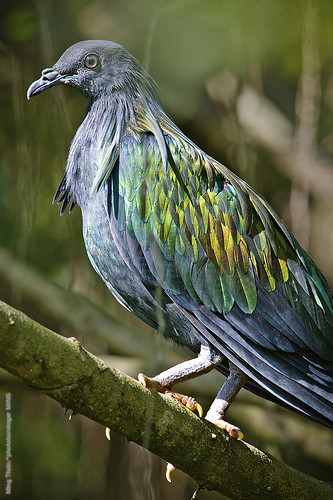
Royal Pigeon
Nikon D3, AFS 400/2.8 VR, 1.7x TC
VR performance
The 400VR is equipped with the second-generation VR system; we found it to be very effective indeed, able to deliver sharp images down to approximately 1/30s on a monopod.
AF performance
Paradoxically, it seems the larger the lens gets, the faster Nikon can move the glass around inside it. The 400VR focuses in a blink of an eye, snapping between subjects with no noticeable lag. The lens only begins hunting a little with the 1.7x teleconverter attached.
Cattle Egret
Nikon D3, AFS 400/2.8 VR
Build quality
Like all of the superteles, the lens is fully weather sealaed and gasketed, with internal focusing and tactile controls. Switches are positive and different sized to enable navigation by touch; the VR switch is on a rotating collar. The focus ring is buttery smooth and easy to tweak by hand. There are also configurable buttons to act as AF-lock, AF-on, or to go to a preset focus distance. The lens is all magnesium, with extensive use of carbon fiber internally and externally (for the hoods) to reduce weight. It’s solid and built like a tank. Our only suggestion would be for a shorter tripod foot; there is absolutely no reason why it needs to extend a good three inches away from the lens, decreasing rigidity.
Conclusion
If you need one of these, you probably already have one. For the serious wildlife or sport photographer, there is no substitute. The best of the best just got even better. Would I buy one? Once upon a time, if I had the money and the need - during my wildlife photography days I made do with an old beaten up ex-press AI 500/4 P manual focus lens instead, and later upgraded to the AFS 300/2.8 VR. But today, probably not. I wouldn't be able to afford the accompanying chiropractor's bills.
Pros: Optical perfection; lighting fast focusing; very effective VR; rugged build quality
Cons: Cost, weight, tripod foot could be better


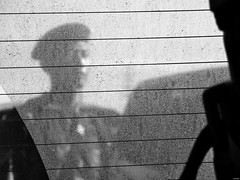



Would one take this into the jungle without a porter?
ReplyDeleteWell if you can afford one of these - RRP is about $10k USD - you can easily afford a porter too...
ReplyDelete